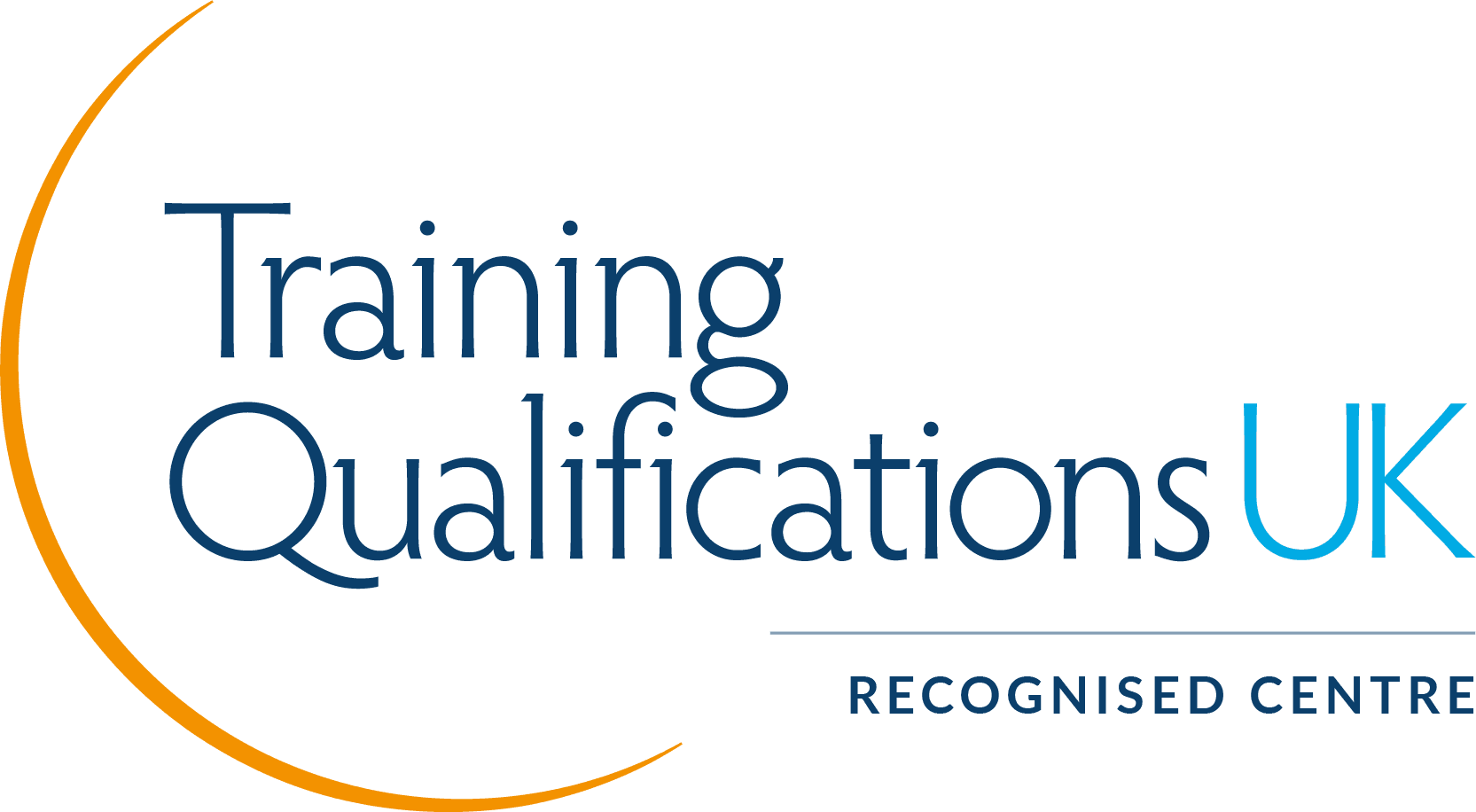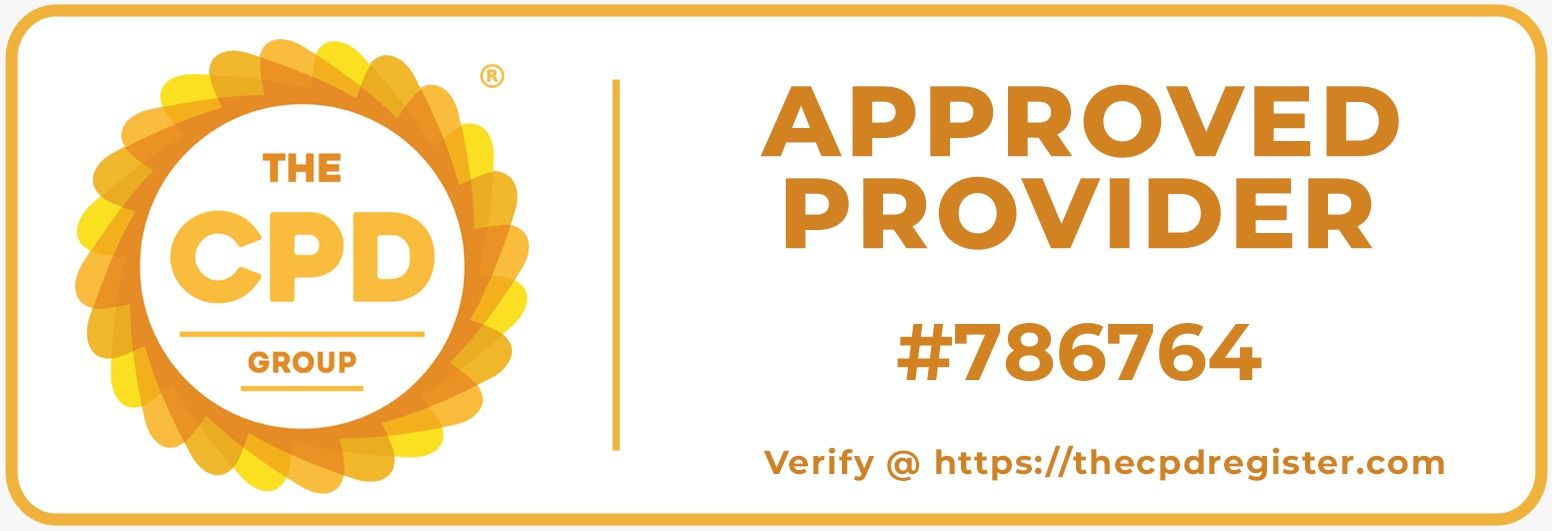Calm Starts with You : Adults Shaping Children's Emotions
In the world of child development, few skills are as foundation – and as misunderstood – as emotional regulation. It is often referred to as one of the brain’s executive functions - a set of mental skills that include working memory, flexible thinking and self-control.
Emotional regulation is the ability to recognise feelings, understand them and manage them using socially acceptable behaviours and reactions. It is not just about staying calm but being able to navigate the ups and downs of life with resilience and self-awareness. This skill helps children to pause before reacting, shift attention from distress, use strategies to calm down, reflect on their feelings and needs.
Young children cannot develop this very abstract skill on their own or in isolation. They learn this important skill through experiences and through co-regulation – in which an adult supports the child in a calm, attuned way.
But here’s a catch – do adults reflect on their own emotional state when they are supporting a dysregulated child? Are they attuned with the child or whirled up in their own storm? It is often observed that when the adult is dysregulated, the entire process of co-regulation can fall apart.
Adults need to remember that they are communicating with the child not just through verbal language, but also through non-verbal cues – rolling of eyes, avoiding eye contact, tone of voice, hand, head, facial gestures – all of which can convey their own dysregulation to the child.
When Dysregulation Meets Dysregulation – Story from my personal experience
On a busy nursery morning, two-year-old Leo came to the nursery crying. He wanted to spend more time with daddy who had a very important meeting and had to leave after a difficult goodbye. As soon as Leo entered his room, he began throwing toys and pushing other children. Miss E, already stressed due to personal reasons, saw Leo’s behaviour and rushed over, raising her voice: “Leo, stop it right now!”
The room tensed, Leo, overwhelmed and frightened, bit Miss E and ran to the corner. Miss E, now visibly frustrated, followed him, grabbed his arm firmly, shouted, “SIT DOWN HERE!”.
The result? More chaos. Other children became unsettled and scared. Miss E’s dysregulation amplified Leo’s distress rather than soothing it. He continued crying loudly in the corner, unable to calm himself.
How it could Have Gone Differently: A Co-Regulation Approach
Now imagine the same morning, but with a regulated adult response:
Leo arrived at the nursery crying, upset about leaving his daddy. Miss E, noticing his distress, approached Leo with a calm energy. She knelt to Leo’s level, spoke gently, and said: “I can see you are upset. You want to spend more time with daddy. I’m here to help you.”
She waited patiently for Leo’s response. After a few moments Leo hugged Miss E and cried. Miss E calmly stroked his back and stayed with him until he was ready to go inside.
Leo then entered the room holding Miss E’s hand. Within a short time, he walked over to the play area and began playing with his friends.
The story highlights the powerful impact of adult emotional regulation on a child’s ability to self-regulate. When adults respond with calm, empathy, and presence, they create a safe space for children to process their emotions and regain control.
The process of co-regulation isn’t about perfection. It’s about awareness. Adults are human too, and we all have moments of overwhelm. But when we recognise our own emotional states and take steps to regulate, we create a safe space for children to do the same.
So the next time a child is losing control, pause and ask yourself:
“Am I the calm in their storm, or am I adding to their thunder?”
Because in the end, regulated adults raise regulated children.



